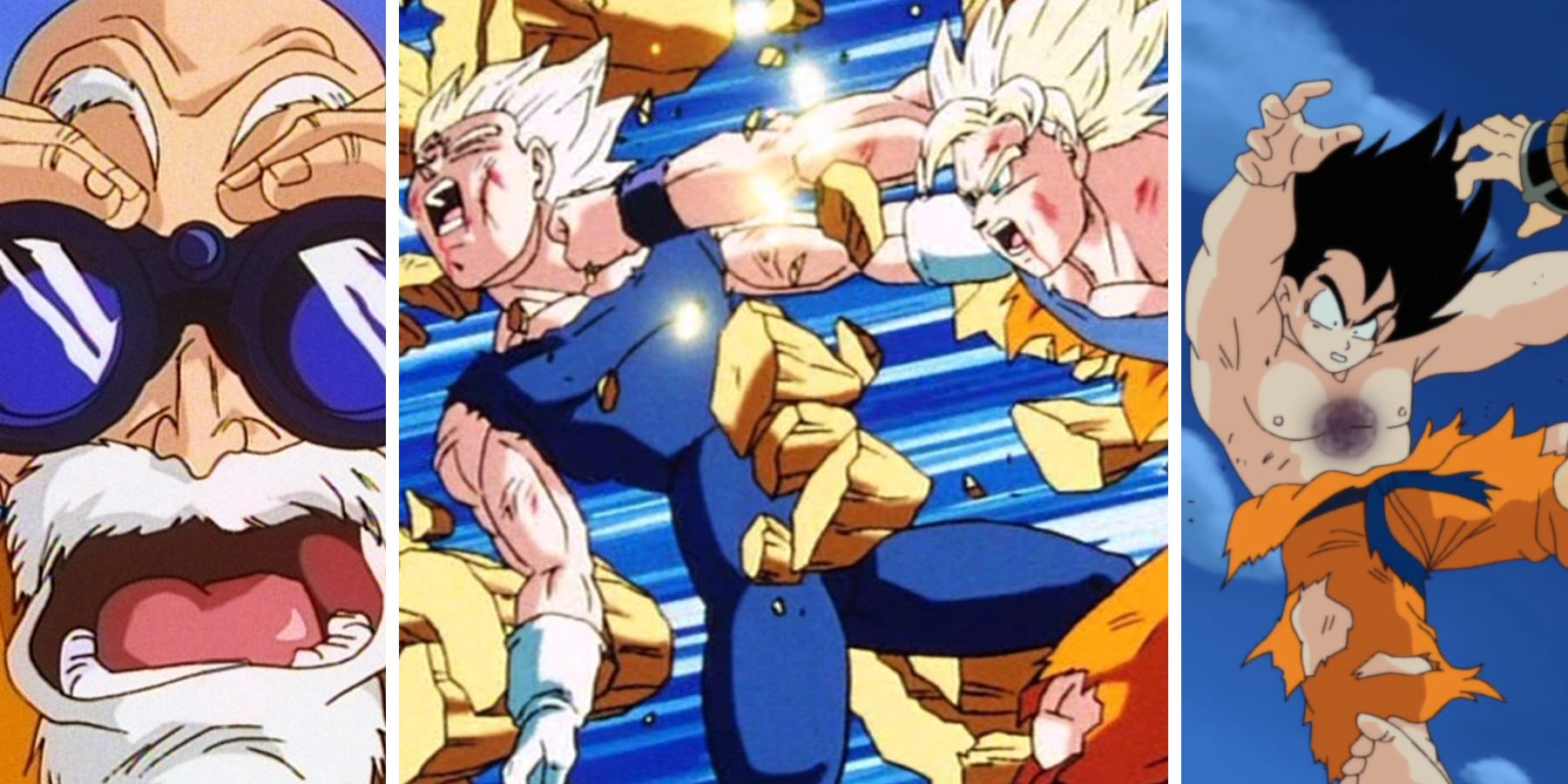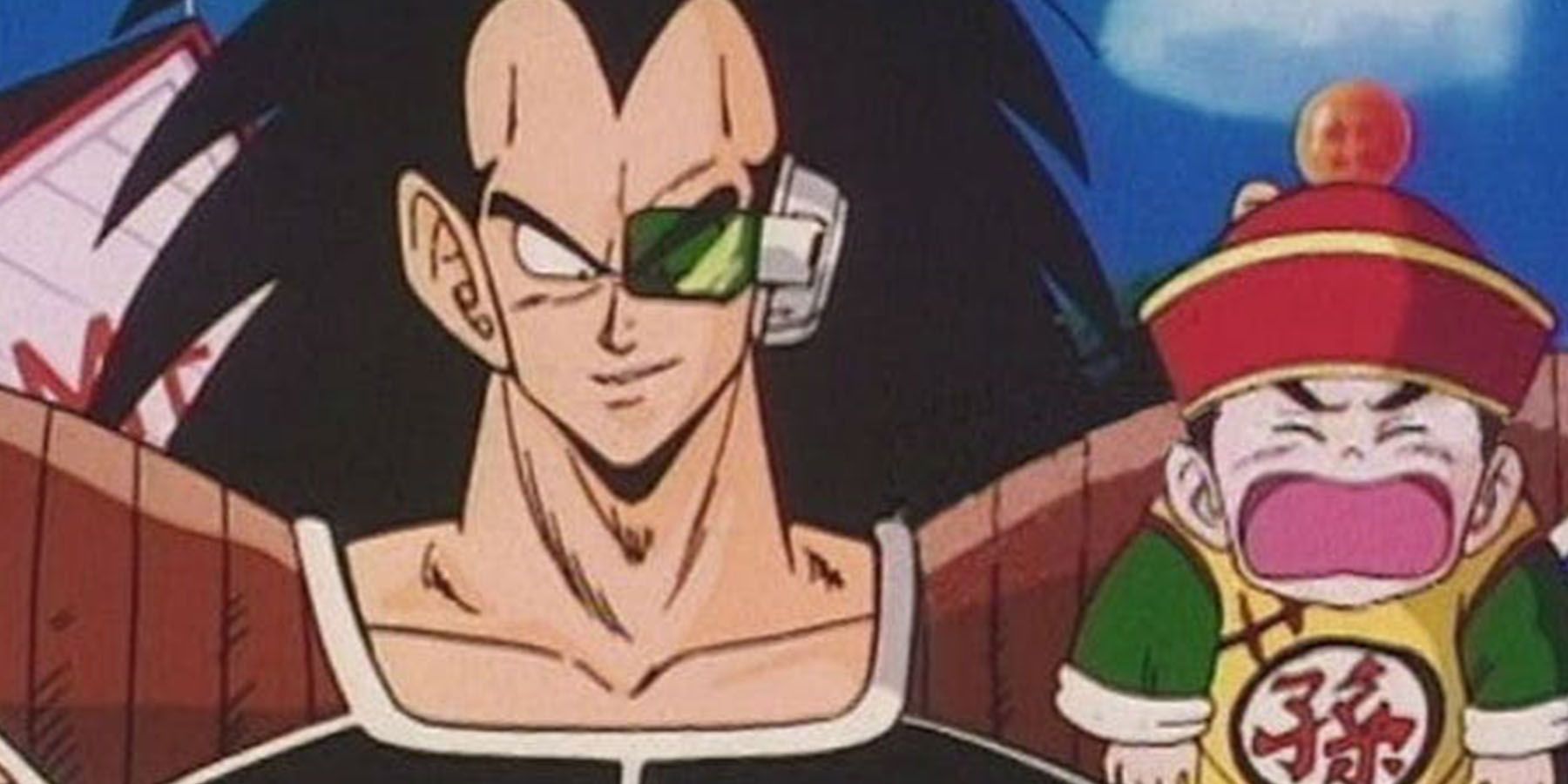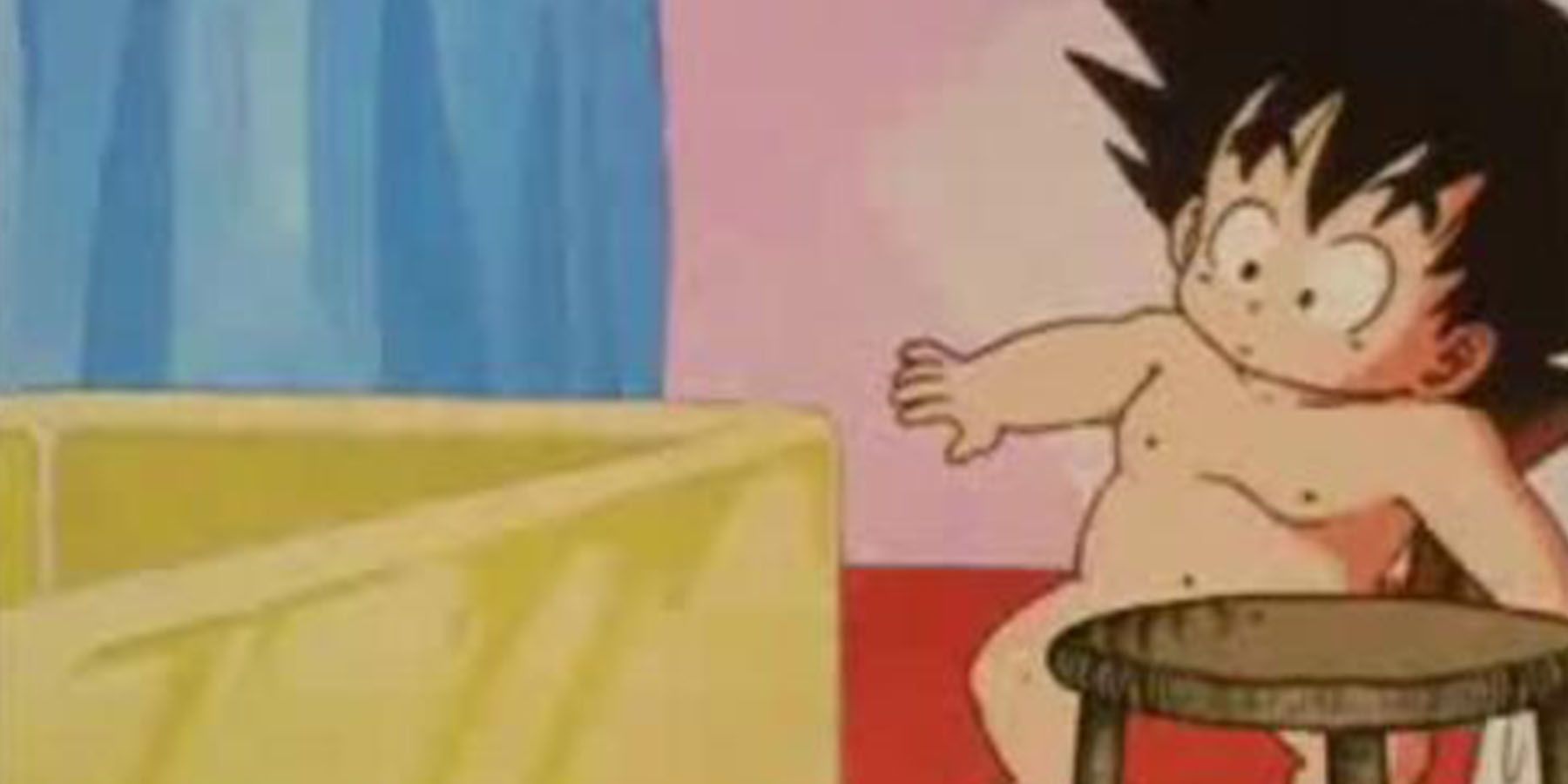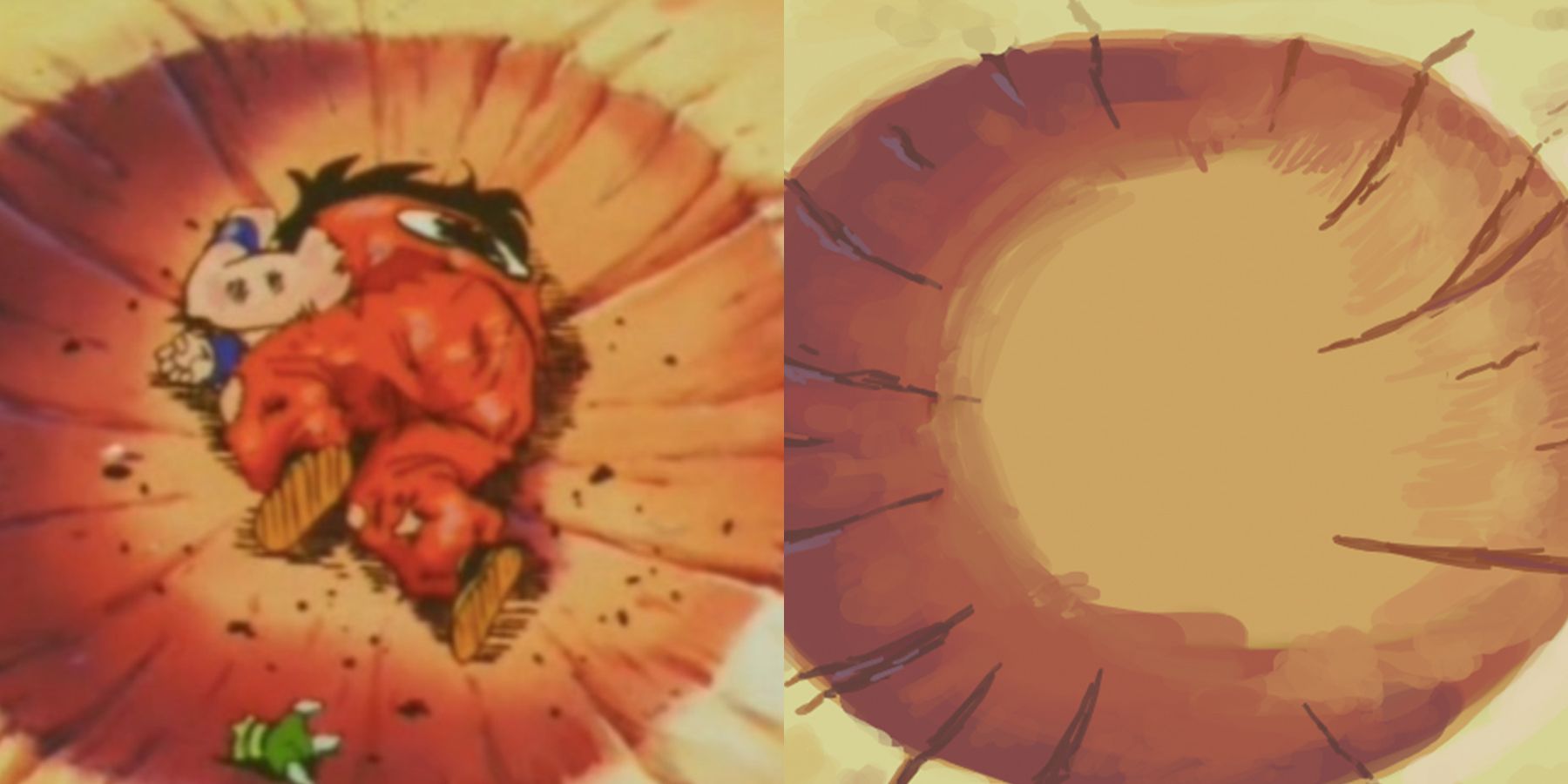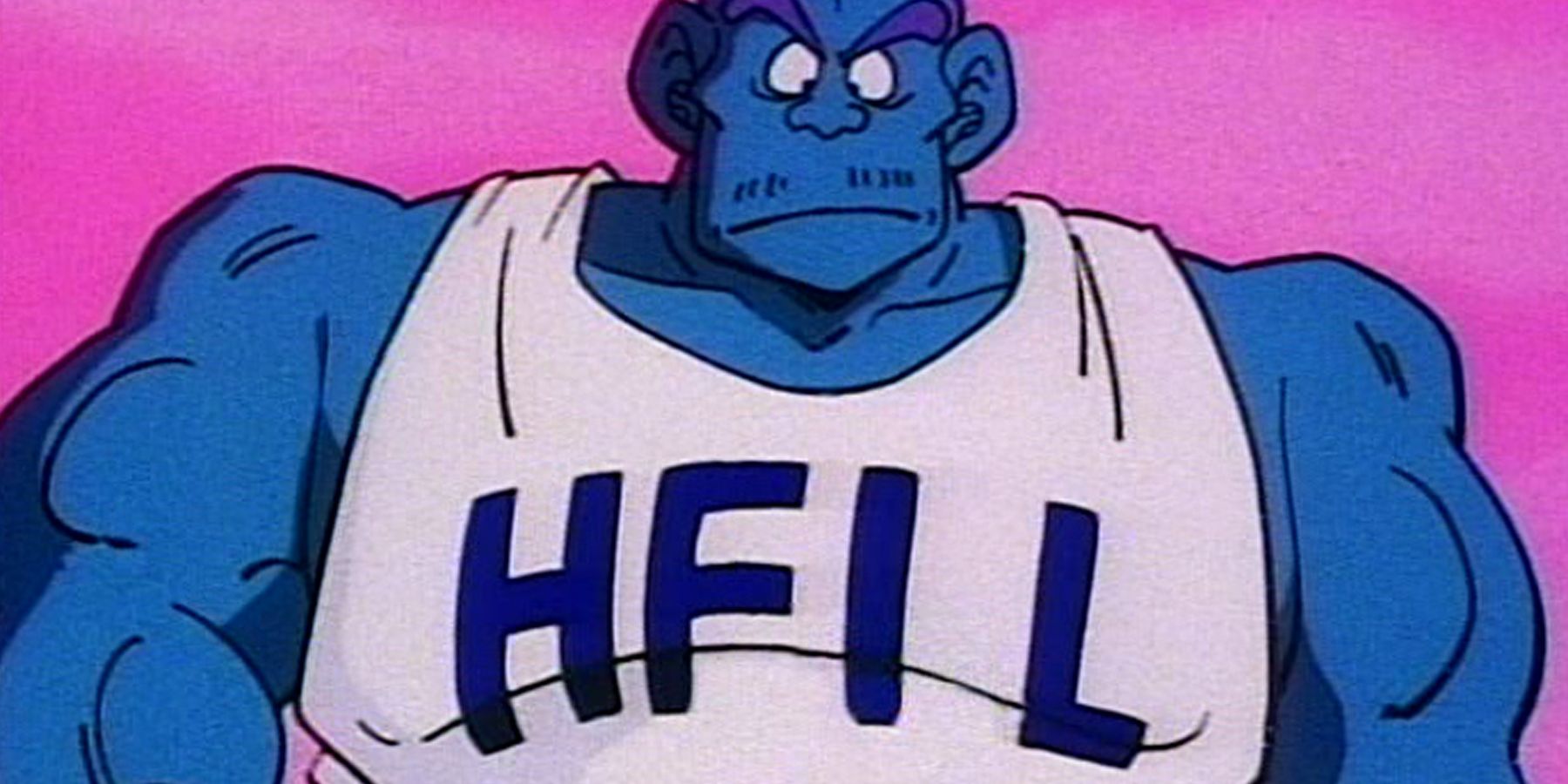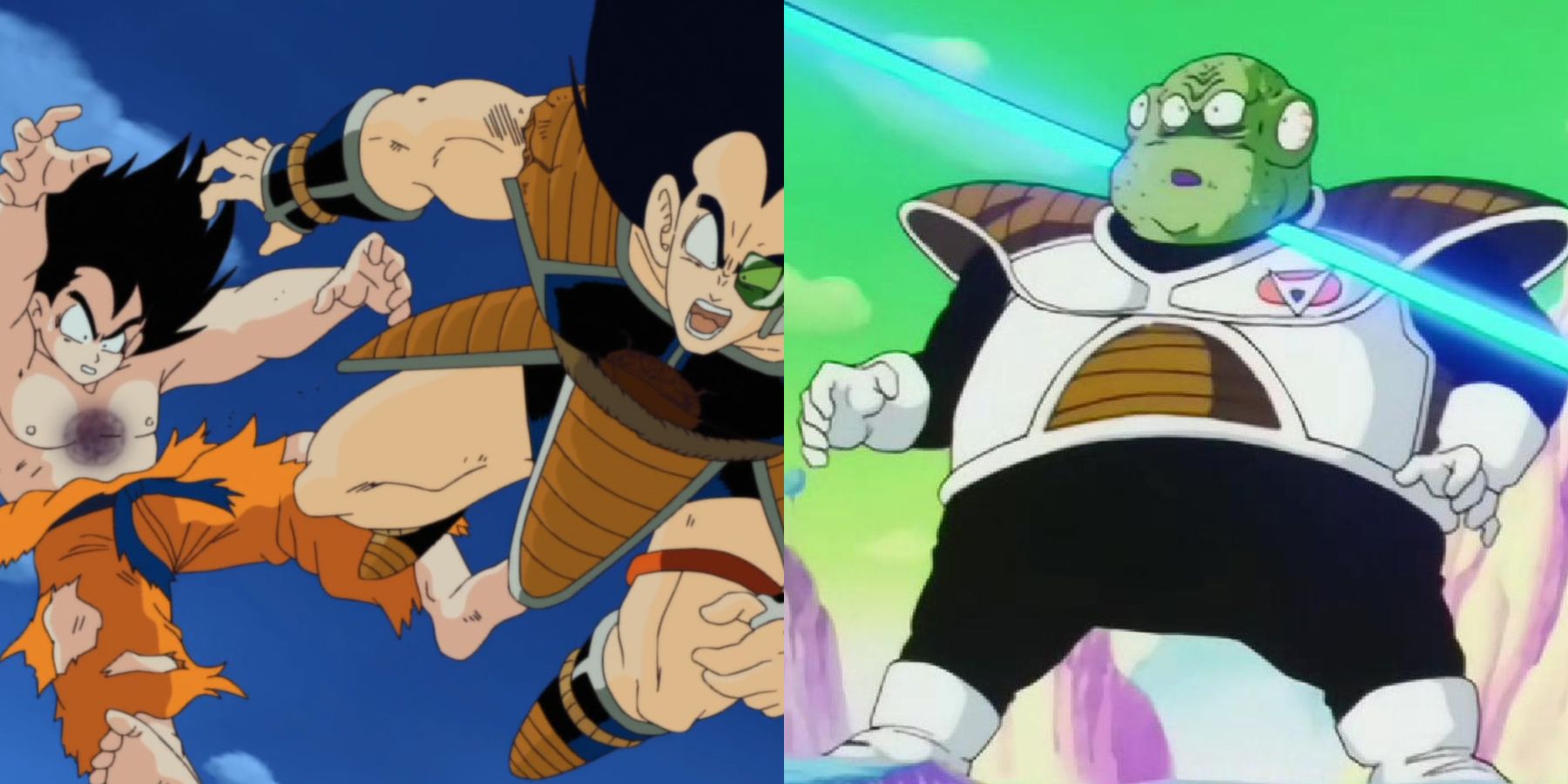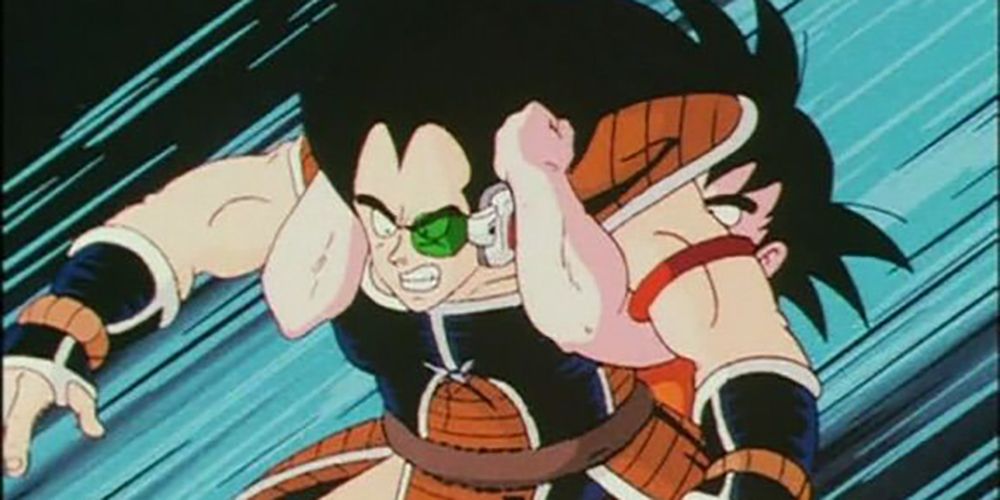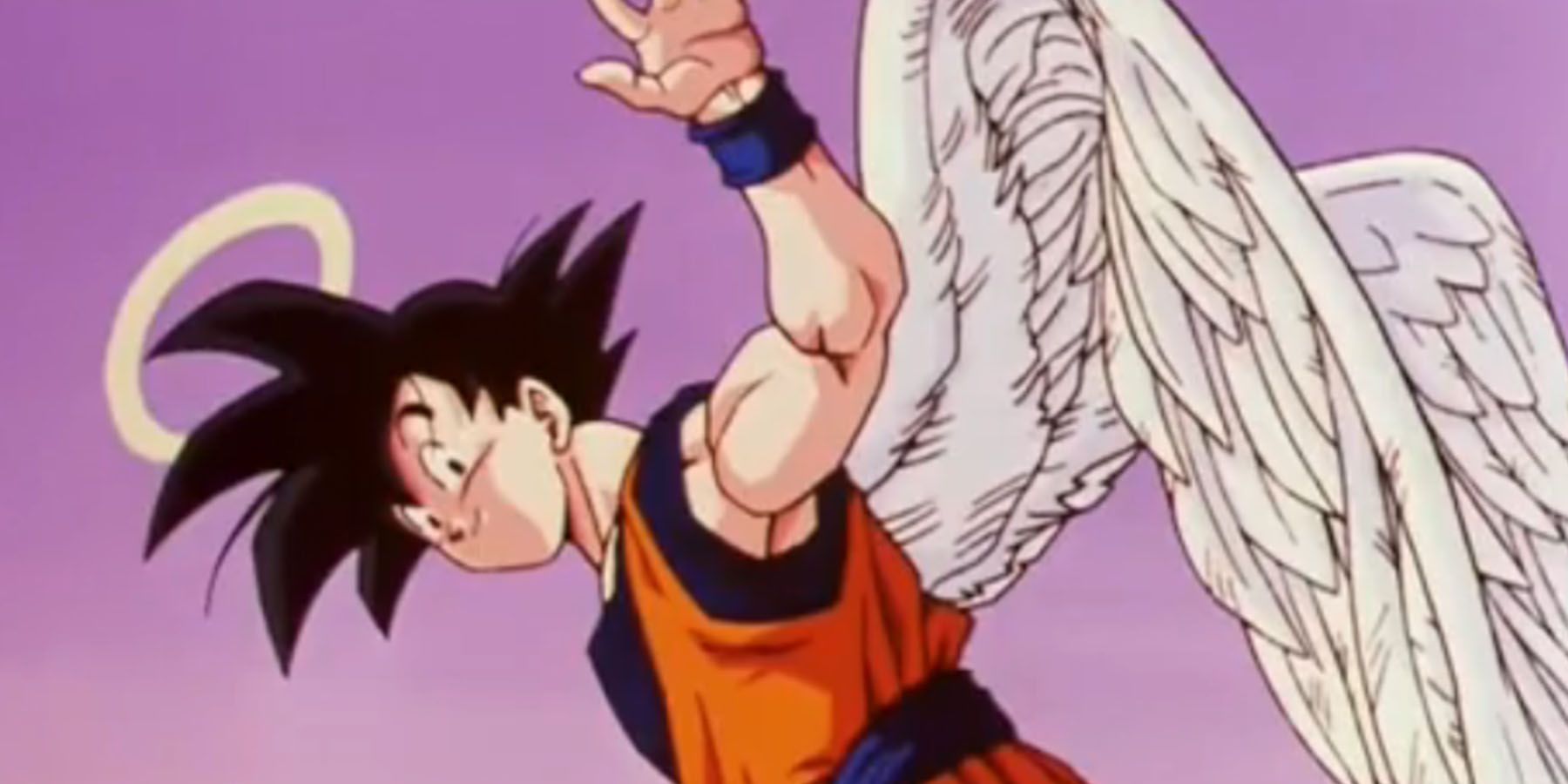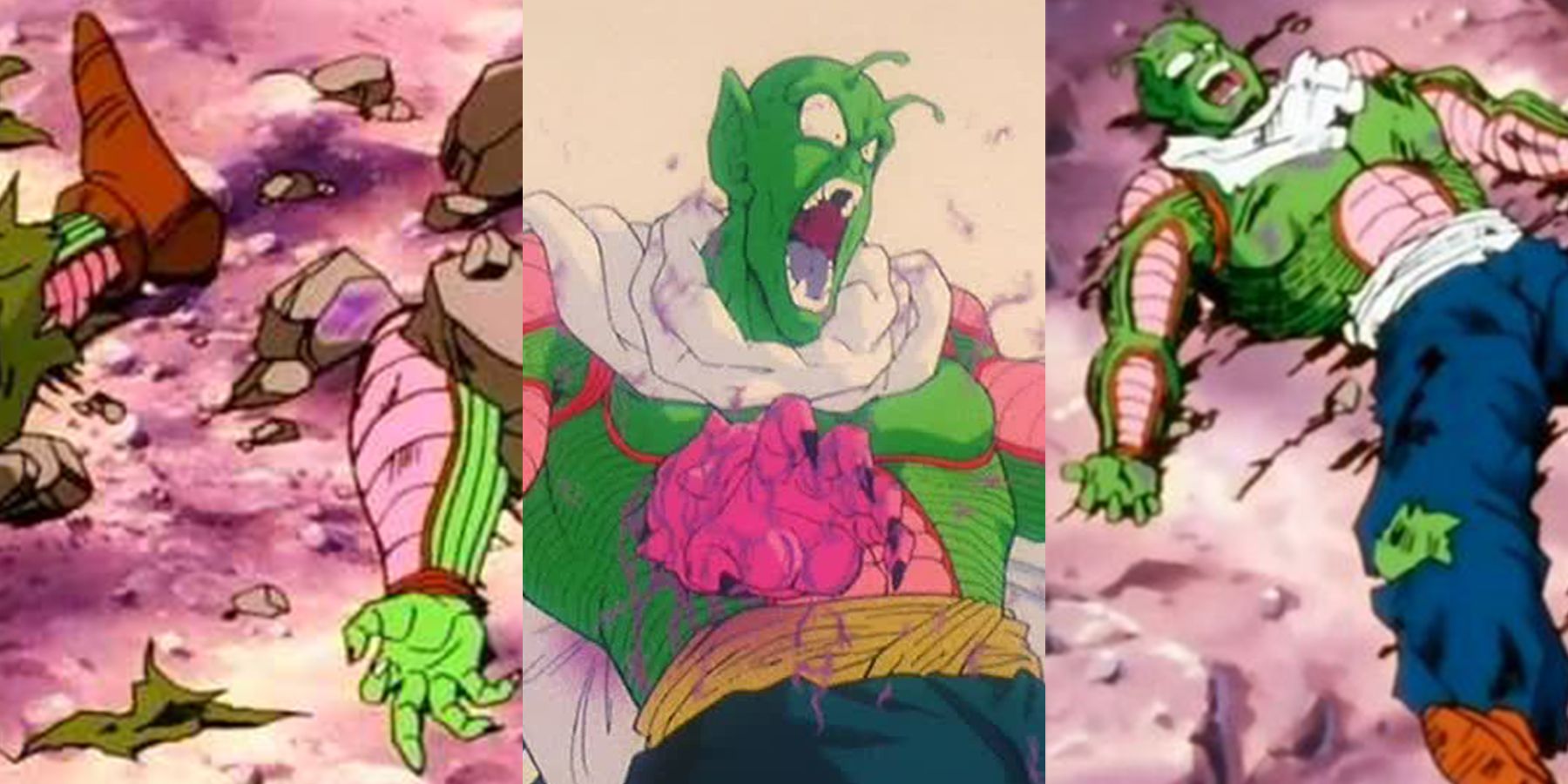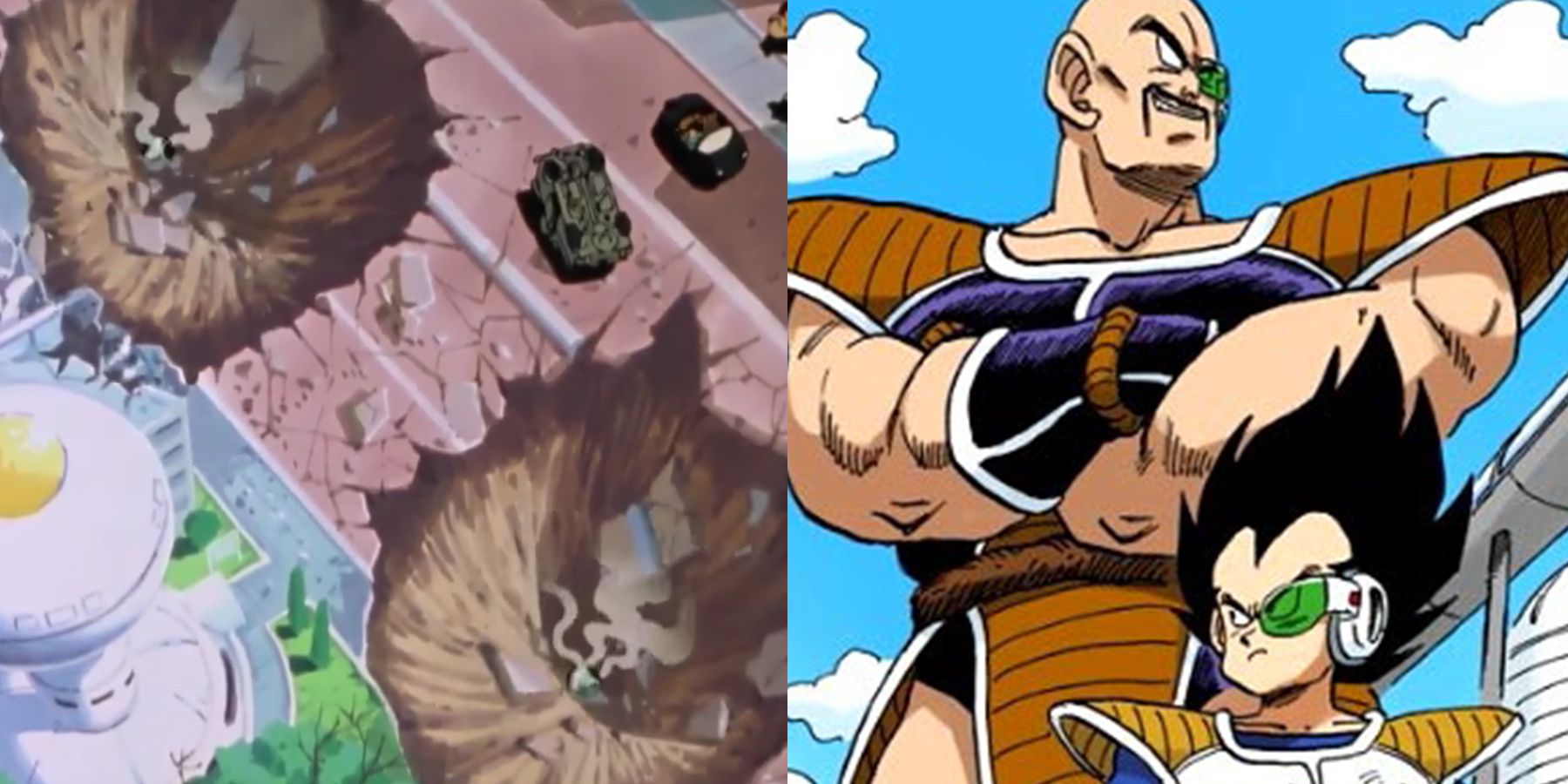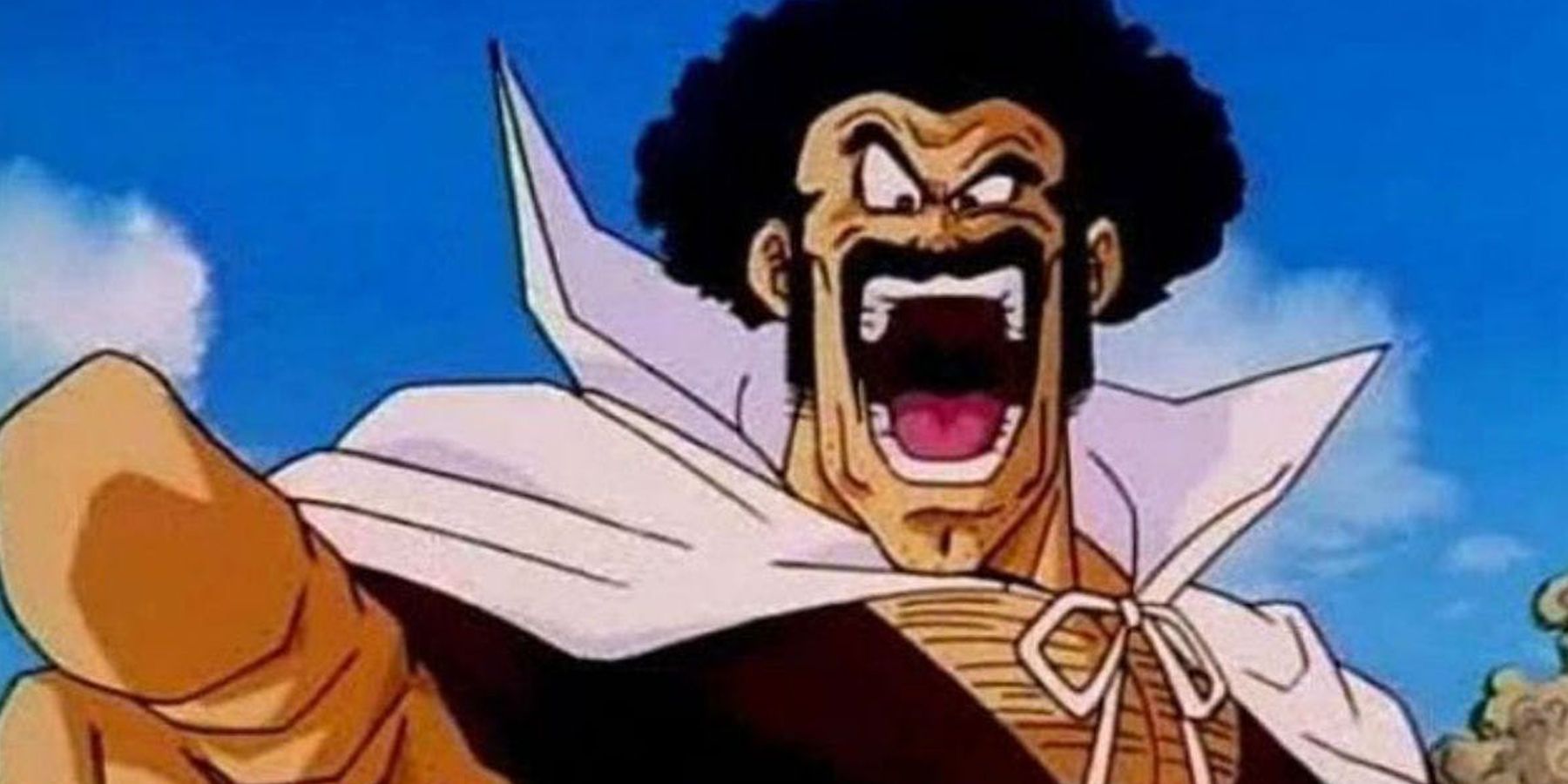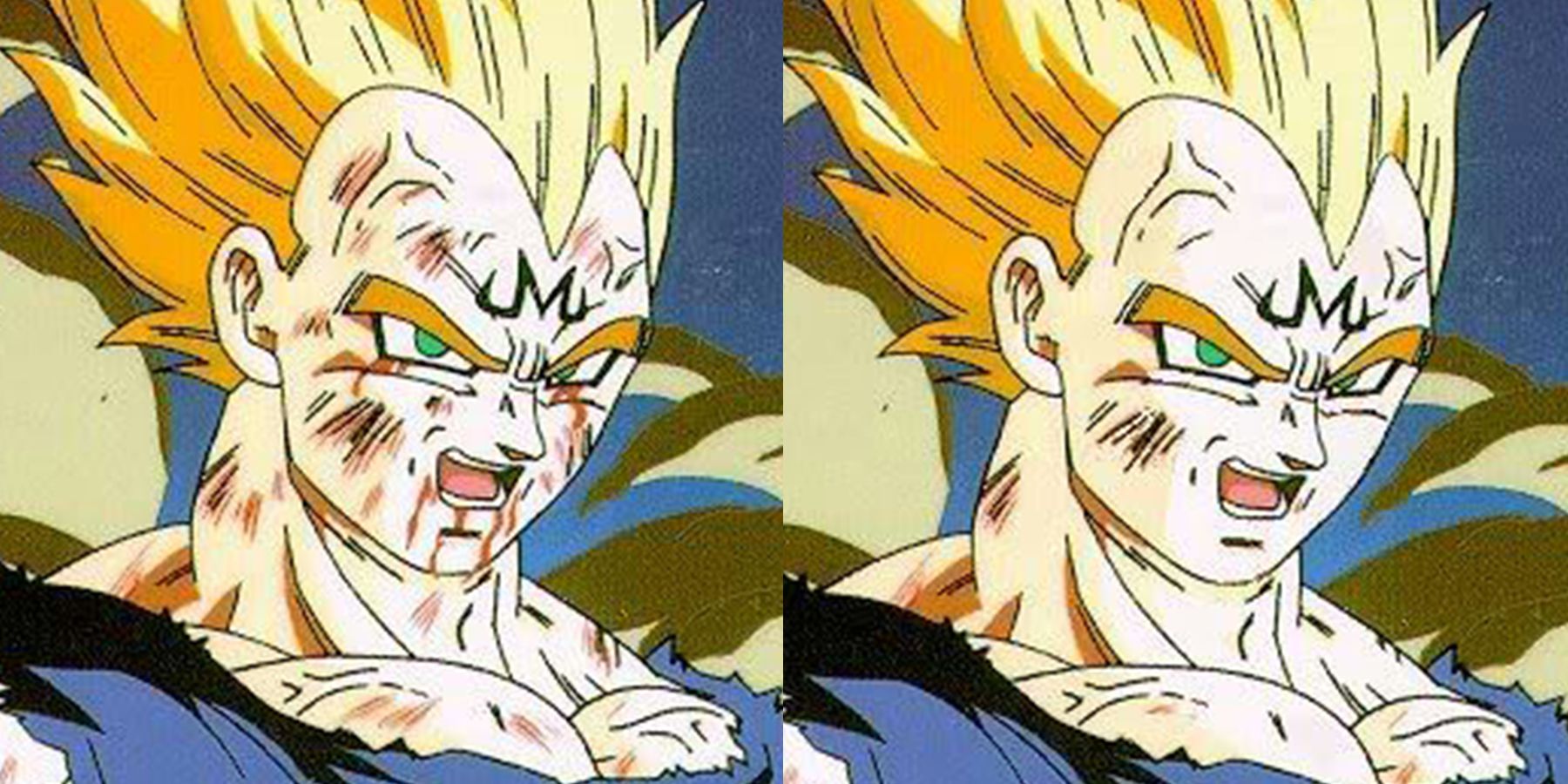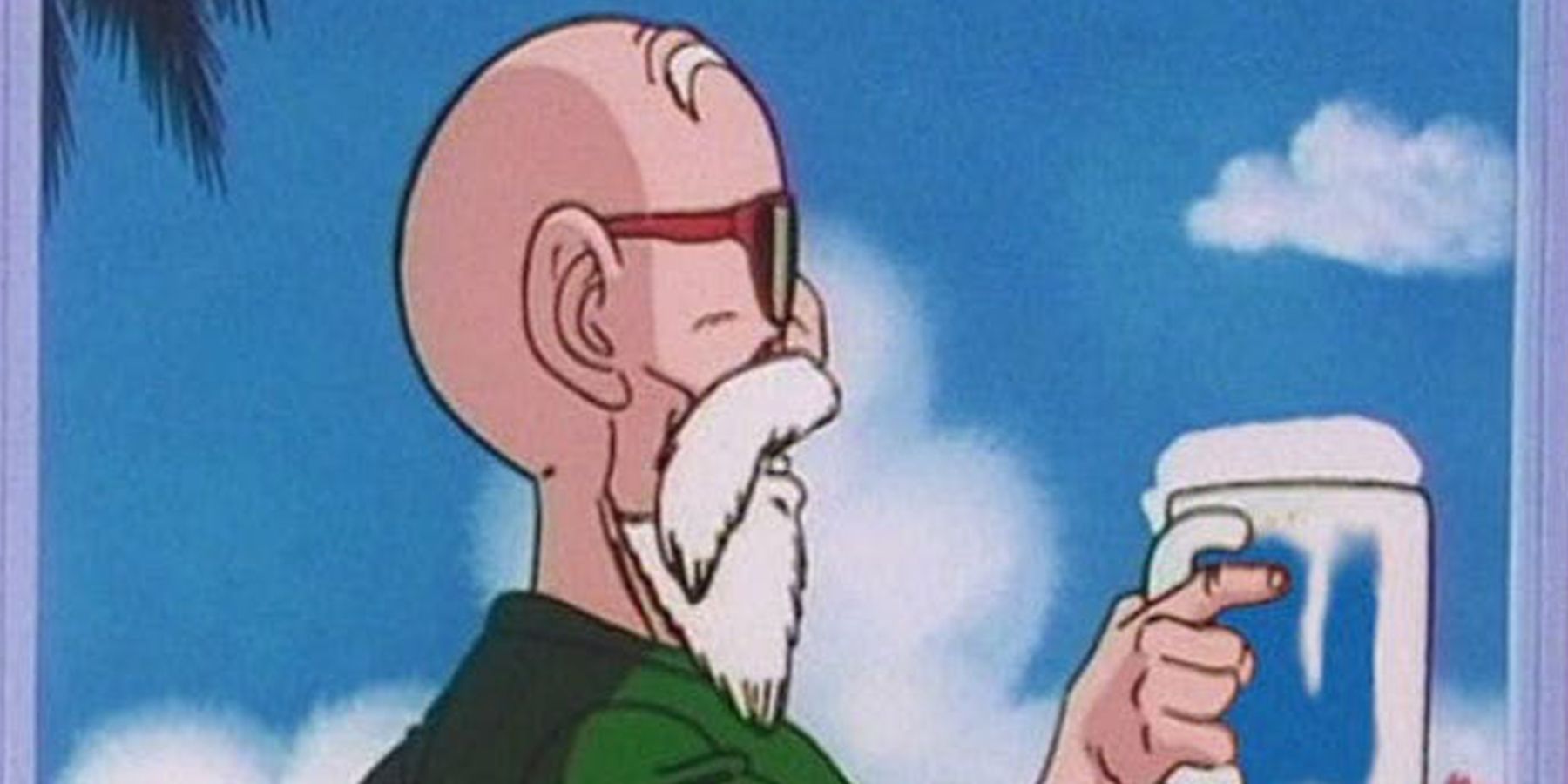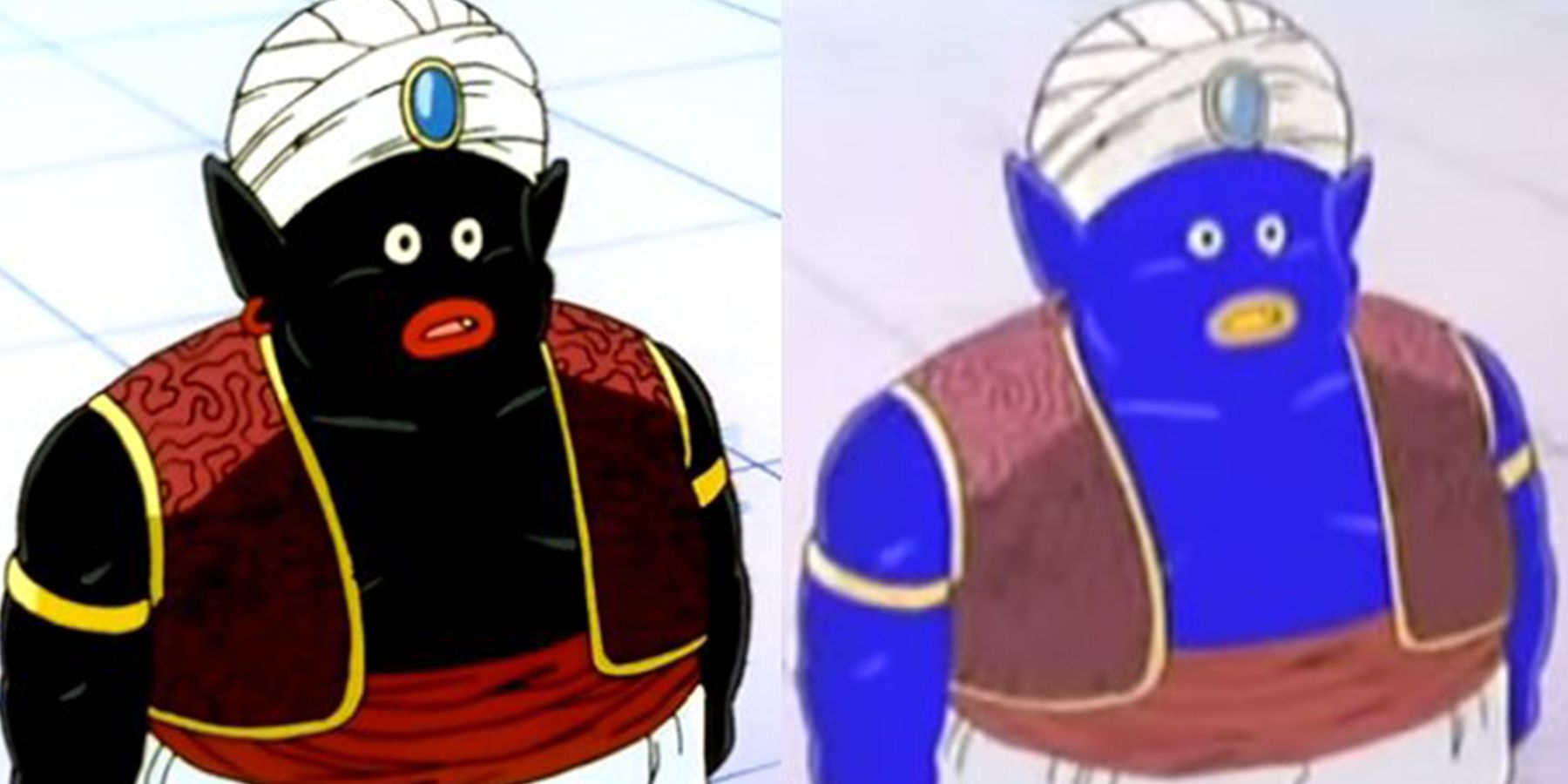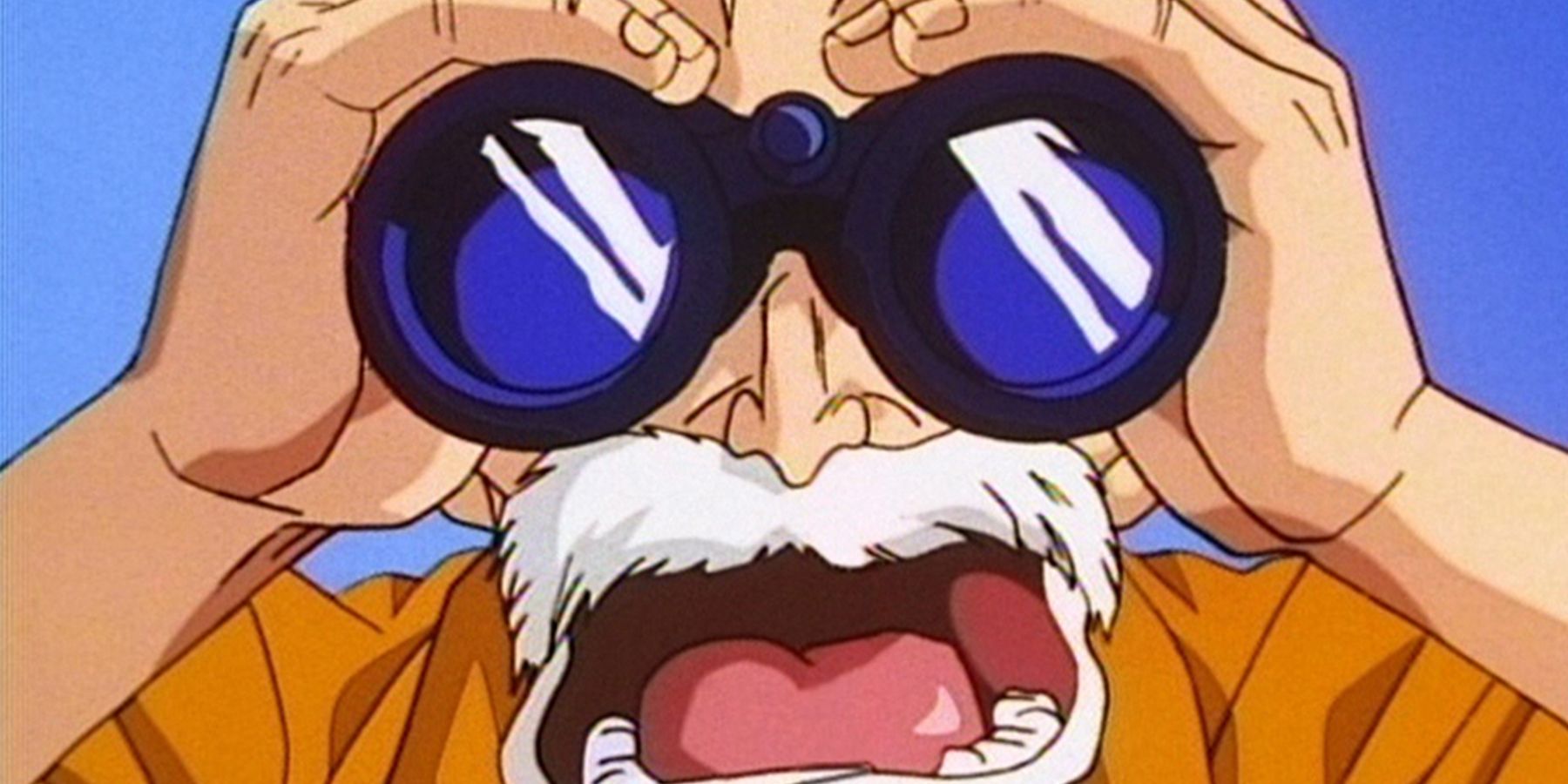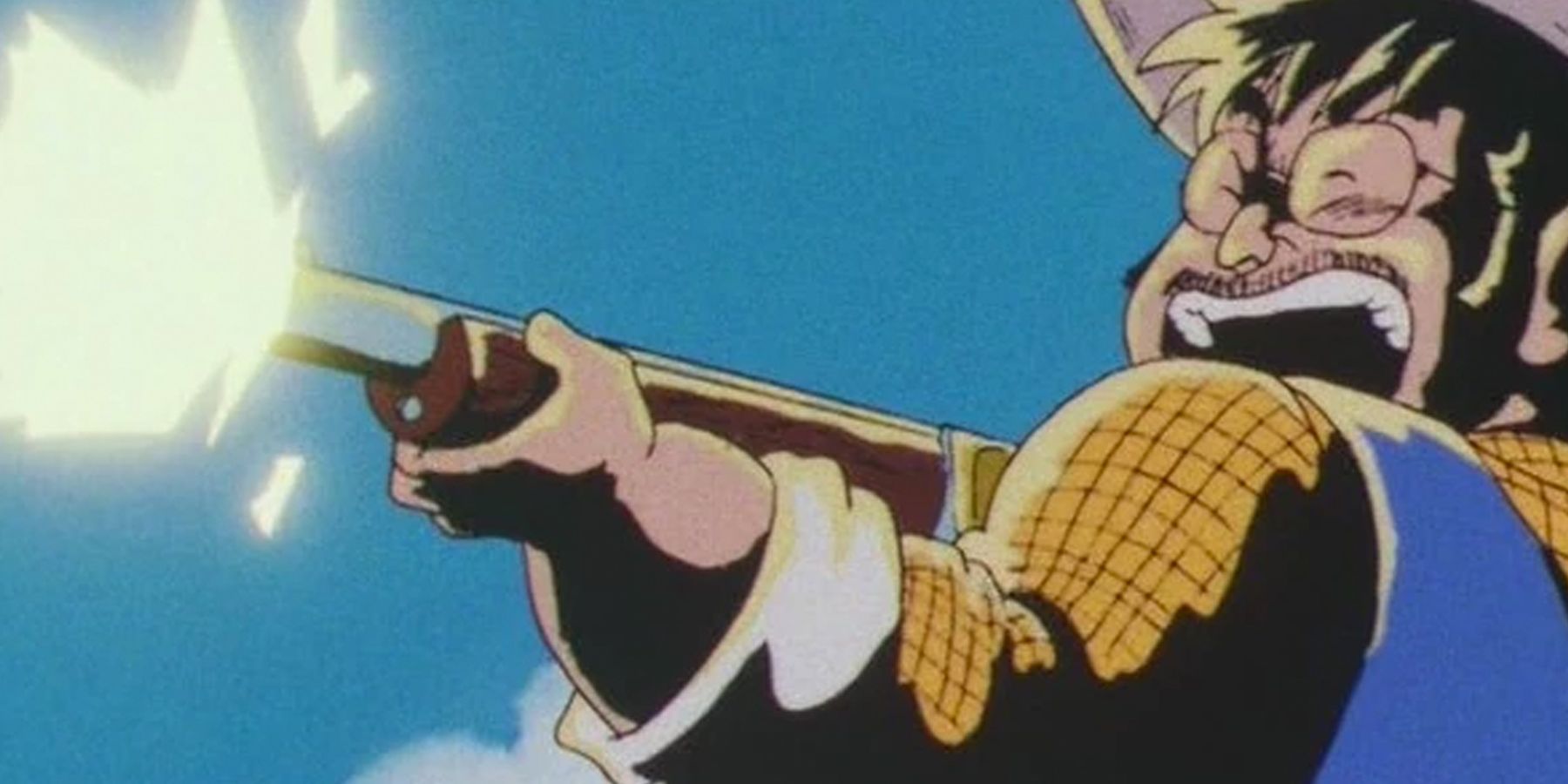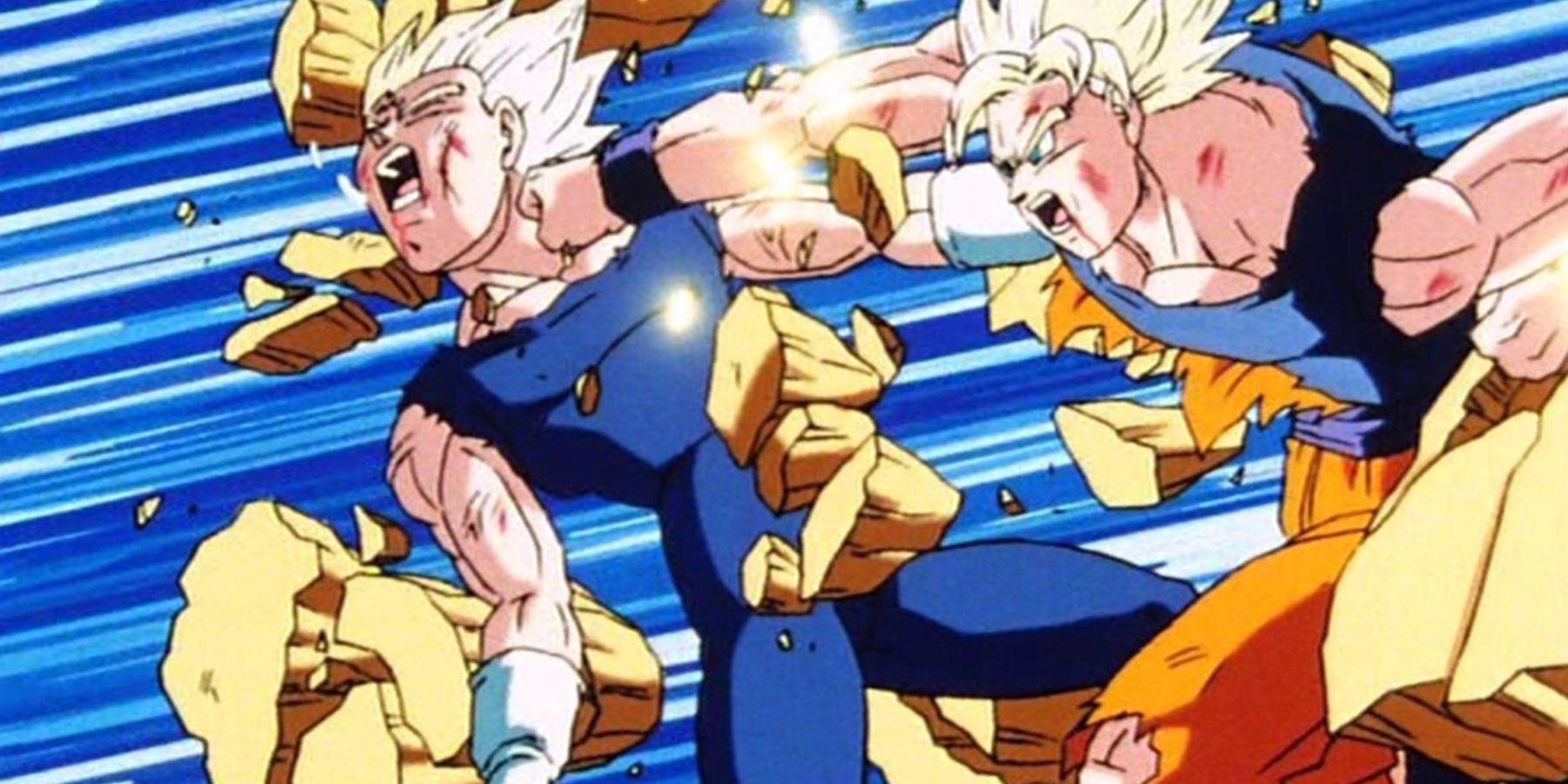The standards of animated television are a bit different in Japan, and unlike in America, there isn't still a stigma of adults watching cartoons. The Dragon Ball franchise wasn't necessarily aimed at kids when it first came out, especially not Dragon Ball Z. However, when it found its way to America, it was marketed like any other cartoon, which meant that it had to adhere to the standards of American television. Instead of upping the rating of the English dub of Dragon Ball, a lot of time and effort was put into censoring the show to make it more "appropriate" for children.
As time went on and the American anime market grew, Dragon Ball eventually got more mature releases without the censoring. But the older releases wouldn't be the only censored versions of the series, since the Nicktoons broadcasts of Dragon Ball Z Kai saw some heavy editing as well. Of course, nowadays, fans can enjoy the uncut versions via DVDs, Blu-Ray or streaming services, but it's still crazy to look back at all the changes that were made to the franchise to make it more "family-friendly." There were many things in Dragon Ball that were censored in America, though one thing definitely slipped through the cracks.
16 CENSORED: DON'T CRY, GOHAN
Like we just mentioned, when Dragon Ball Z came over to America, it was geared towards a younger audience; as such, there were certain changes made so that it would fall in line with children's television standards. One of the big taboos with kids cartoons is showing a kid in mortal danger, which is kind of hard to avoid with Dragon Ball.
In literally the second episode, Gohan is kidnapped by Raditz, which presented quite the problem for the "no kids in danger" rule. The early American broadcast found a way around this by making it appear as though Gohan was not as distressed over the situation. This was done by editing out his tears, implying that his being kidnapped was less dangerous and scary as it originally appeared.
15 CENSORED: PUT SOME CLOTHES ON
Though the American release of the original Dragon Ball series came a long time after Dragon Ball Z finished airing, it was still subject to just as much censoring. One of the biggest issues that came with bringing the original series over was all of the times that characters were shown without clothes. Goku and Bulma had to be censored on a few occasions, which included anything from adding underwear onto characters to cutting scenes entirely.
A similar trend was seen in the early days of Dragon Ball Z, since Gohan, much like his father, had a tendency to lose his clothes on more than one occasion. Most of these scenes were easily (if not a bit obviously) fixed and not really "missed" by anyone looking for the best version of Dragon Ball to watch, as the censorship was reasonable to begin with.
14 CENSORED: DISAPPEARING BODIES
Death was a big issue when it came to the American broadcast of Dragon Ball Z, and Funimation skirted around it in somewhat creative ways that were ultimately ridiculous and laughable in retrospect. One of the ways the show avoided death was by saying that characters were transported to "another dimension" when they were defeated.
Rolling with this concept, characters' bodies would be edited to disappear before the character appeared to be dead. This disappearing act was used a couple times over, one of the more memorable examples being Yamcha's infamous "crater scene." In the edited version, Yamcha didn't even appear after the Saibaman exploded, as the crater was pained over to appear empty, covering up his dead body. How could they deny us one of the most infamous death scenes in Dragon Ball history!?
13 CENSORED: HOME FOR INFINITE LOSERS
So, if death was changed to being transported to "another dimension" in early broadcasts of Dragon Ball, then what exactly was this dimensions and how did the censors manage to work around the idea of the afterlife? And what about the fact that Hell as a concept was present in the series? The solution to all these issues came in the form of one of the most ridiculously laughable forms of censorship in the history of pop culture.
In a filler episode in which Goku fell down to Hell on his way down Snake Way, he came across two ogres wearing shirts that said "Hell." Now, since they couldn't call this place "Hell" or even include the word, the "E" on their shirts was changed to an "F," and the letters stood for the "Home For Infinite Losers." It was honestly a pretty brilliant solution, but that doesn't make it any less hilarious.
12 CENSORED: GRAPHIC DEATHS
One of the other ways that death was censored in Dragon Ball was by cutting or editing all the over-the-top death scenes. Scenes like Guldo's death were digitally altered to further push the concept of being sent to "the next dimension." Instead of Guldo being decapitated as he was in the original version, the episode cut straight to his defeat, his head being re-attached using digital paint.
A similar cut was made in the Nicktoons broadcast of Dragon Ball Z Kai during Goku's death. Though the "other dimension" concept was not used in Kai, the death scenes still had to be edited for the Nicktoons release, which is why Piccolo's Special Beam Cannon did not go all the way through Goku, and the bloody hole that it would have caused was edited out, as was the blood from Raditz's wound and mouth.
11 CENSORED: DESTROY OR BE DESTROYED
Since death was a taboo for the American release of Dragon Ball, the idea of one character killing another was also skirted around with caution. So, in quite a few versions of the dub, characters who threatened the lives of others never said they were going to "kill," and instead they favored terms like"destroy."
In our opinion, "destroy" actually seems a lot worse, since it implies way more tragedy is going to be involved; regardless, this terminology worked to get various bits of dialogue through the censors. The best example of this came in the Buu saga, in which Gohan tells Super Buu that he wanted to "destroy" him, which was "kill" in the uncut version. Either way, Gohan didn't follow through on this threat, falling victim to Buu before he could destroy/kill him.
10 CENSORED: GOODBYE HALO
Seriously, there were many edits made to ensure that death was not referenced in the early broadcasts of Dragon Ball Z, which was incredibly difficult since half of the Saiyan saga revolves around Goku training in the afterlife. One of the biggest hurdles they came across was the fact that Goku has a halo the entire time he's supposed to be in "the next dimension," an issue that was fixed with some quick editing.
Through some saturation, contrast and color editing, Goku's halo was changed to be a glowing orb. It wasn't exactly a perfect fix, but the editing was enough to make the halo unrecognizable, thus avoiding the concept of death for the young audience the American language broadcast was going for.
9 CENSORED: NOT DEAD YET
Like we said, so many of the edits made in the American broadcast of Dragon Ball Z were done to remove any concepts of death. One of the more well-known edits came in the Namek saga. When Dodoria killed several Namekians, it was brutal, too brutal to show on American television. So, scenes like Dodoria stabbing his hand through a Namekian were painted over to imply that no one actually died from these attacks.
To further this idea, when all the Namekians were shown lying on the ground after Dodoria's attack, some clever audio editing was used to show they were still alive. Breathing and moaning sounds were recorded and played over the limp bodies to show that they were only hurt instead of killed, making the scene passable for American audiences.
8 CENSORED: EMPTY BUILDINGS
We promise this is the last death-related censor we've got for you, though its easily one of the funniest. Nappa and Vegeta first arrived on Earth in their "Attack Ball" spaceships, which do not have any landing gear, which was the reason that these balls simply smashed through several buildings before crashing into craters. Even though no one was seen dying or getting hurt, this was still considered too risky to leave unedited.
Thus, after Vegeta and Nappa emerged from the Attack Balls, Nappa talked about how if it was not Sunday, the buildings they hit would have been full, thus they would have killed people. By claiming the buildings were empty, this American broadcast once again skirted around death. Of course, we have to question how Nappa would know about the whole Sunday thing.
7 CENSORED: HERCULE OR MR. SATAN?
Oh look, it's everyone's favorite Dragon Ball character, Mr. Satan... Or is it Hercule? Therein lies a dispute of sorts that was created as a result of the English censoring of Dragon Ball Z. When this character was first introduced into the anime, he thought himself to be the world's greatest martial artist, an egotistical celebrity with the personality of a professional wrestler's stage persona. As such, he had a name fitting to a pro wrestler, Mr. Satan.
However, this name would not fly in the American release since his name is literally a reference to the devil and the censors would have none of it. Thus, Mr. Satan's name was changed to Hercule in the original dubs of the series as well as english printings of the manga. In later versions, this was fixed, but by then a lot of fans had come to know Mr. Satan as Hercule.
6 CENSORED: REMOVING THE RED
This is a pretty obvious one when you really think about it, but it doesn't make the time and effort put into censoring and editing Dragon Ball Z any less insane. Blood was a big problem when it came to localizing Dragon Ball Z, and it was removed at nearly every turn. Any time a character was show bleeding, desaturation or full-on digital repainting was used to remove it, which was also used to avoid death in the American release.
The Nicktoons broadcast of Dragon Ball Z Kai was a big offender of this, since nearly every scene that was originally a bloodbath of violence and injury had to be cleaned up to air on the kids' network. The process of removing blood must have taken forever, and it really ended up alienating the fans who wanted to watch what Kai uncut.
5 CENSORED: GOING STRAIGHT EDGE
At this point it goes without saying that the American broadcast of both Dragon Ball and Dragon Ball Z was meant to appeal to kids, and thus was held to the standard of kids' television. One of the largest offenses to this was all the times that characters were seen drinking beer. Master Roshi was known to enjoy a cold one every now and then, as was Bulma. Any time a beer was shown on screen, various American versions changed the can or edited the color of the mug to imply it was a different beverage.
It doesn't stop with beer either, since both Bulma and her father, Dr. Brief, were originally shown to be smokers. All of Bulma's smoking scenes were cut from certain broadcasts, but surprisingly, her father was allowed to keep the cigarette that was always seen hanging out of mouth.
4 CENSORED: MR. POPO
Mr. Popo's design has always been a source of controversy amongst the Dragon Ball community. His dark skin and large red lips are derivative of racist stereotypes seen in old cartoons and drawings, and though Mr. Popo does nothing to exhibit further stereotypes in how he acts and/or is depicted, his design is undeniably problematic. Because of how much his appearance resembled blackface, the 4Kids broadcast of Dragon Ball Z Kai had to be edited.
By adjusting color levels and saturation, Mr. Popo was recolored to be blue, the effect also turning his lips yellow. Regardless of what you might think of this edit, it's easy to see why it was made, since the same was done for 4Kids' broadcast of Pokémon whenever Jinx showed up.
3 CENSORED: COVER THE CHILDREN'S EYES!
Master Roshi is a huge creep, so a TON of his antics and habits had to be cut or edited during various American broadcasts of Dragon Ball Z. Any time he was seen looking at dirty magazines or making a move on characters had to be changed so that he seemed less like a creep. One of the funnier examples of this was when one of Roshi's creepy requests was changed to wanting a girl to "walk on the beach" with him.
A lot of the other sexual humor in the series had to heavily be edited, including the times in which underwear was shown on screen. If it couldn't be fixed, a scene involving sexual content was cut completely, especially when it came to the English dub of the original Dragon Ball, which had a lot more sexual humor than its sequel.
2 CENSORED: GUNS
Guns are always a tough issue when it comes to American cartoons, though there are some ways around the censors. For example, as long as a weapon is clearly fictional in appearance — a laser gun, a ray gun, a freeze ray, etc. — it is okay, since kids will know it's not real. Thus, one of the ways that guns in anime got around censors in America was by changing the bullets to lasers.
"Bangs" were replaced with "pews," and scenes involving heavy gun usage were completely cut, something that was much more present in Dragon Ball. For example, the scene in which Bulma shoots Goku as a kid was completely cut from American versions of Dragon Ball, and scenes involving the gun-toting Launch had to be heavily modified to get through censors.
1 NOT CENSORED: ALL THE VIOLENCE
With everything that was censored in Dragon Ball, you might be asking what could possibly have been left that could be still be considered "too mature." The answer is surprisingly simple: the violence. Try as as they might, the American cuts of Dragon Ball Z, and to a lesser extent Dragon Ball, could not get rid of the show's biggest draw, the high-intensity fights.
They could remove all the blood and references to death they wanted, but Dragon Ball Z was still an incredibly violent show where demi-gods punched the ever-loving crud out of each other, resulting in some crazy flashes of light and color that should have been a red flag for broadcasters. Even if you grew up watching a censored version of the franchise, you still got a ton of awesome violence that not even a goofy edit like "Home For Infinite Losers" could ruin.

